Staying in the historical part of Seville makes popping out to the nearest attraction a quick affair.
Metropol Parasol
Less than five minutes’ walk away is the Metropol Parasol; completed in 2011 it juxtaposes against the backdrop of the historical heart of Seville in that it is so new and that it’s architecture is worlds apart from everything that surrounds it. The waving and curving structure flows giving it a cloud like nature or water running over pebbles down a stream; this illusion ironically is created with perfectly straight birch word.
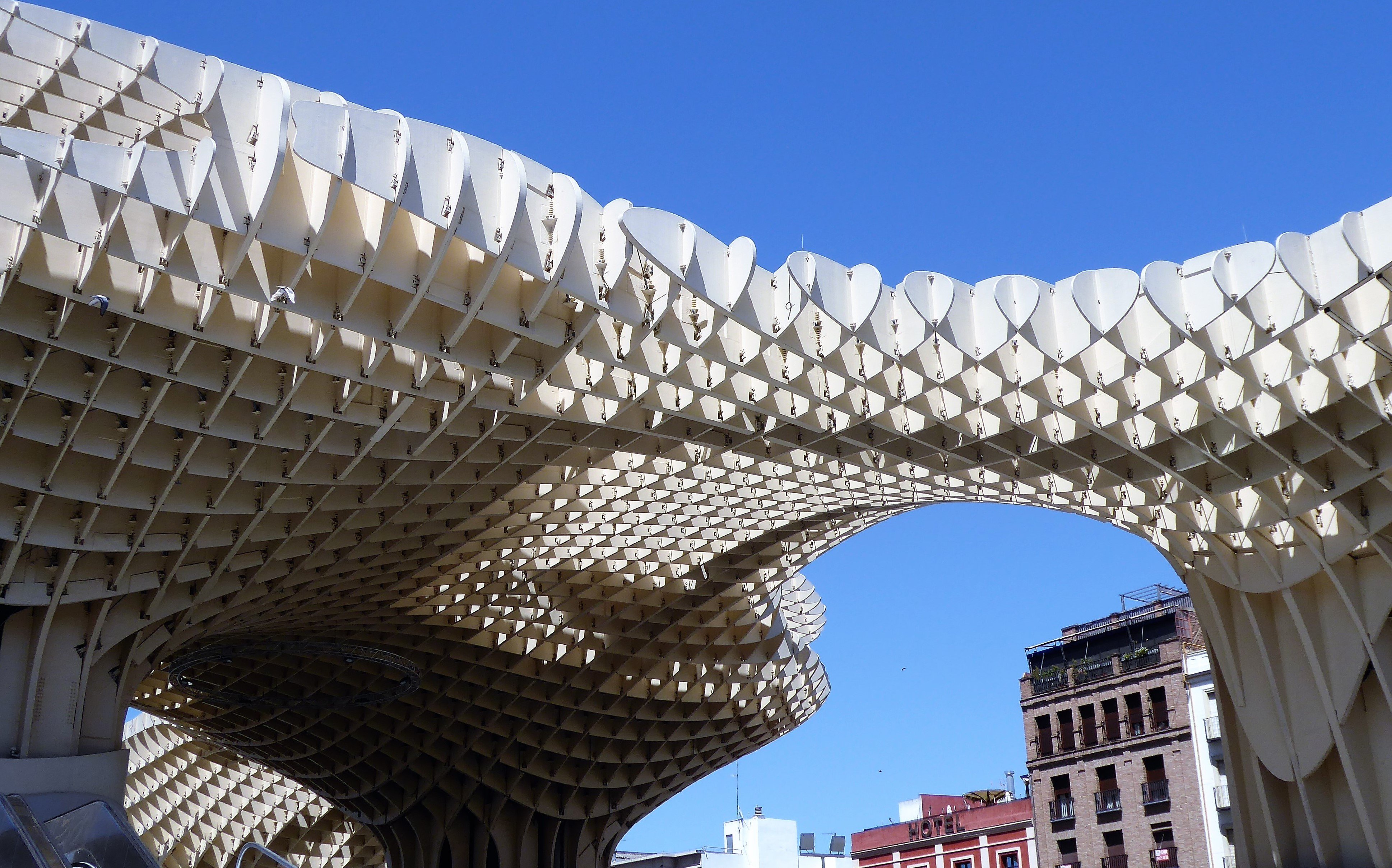

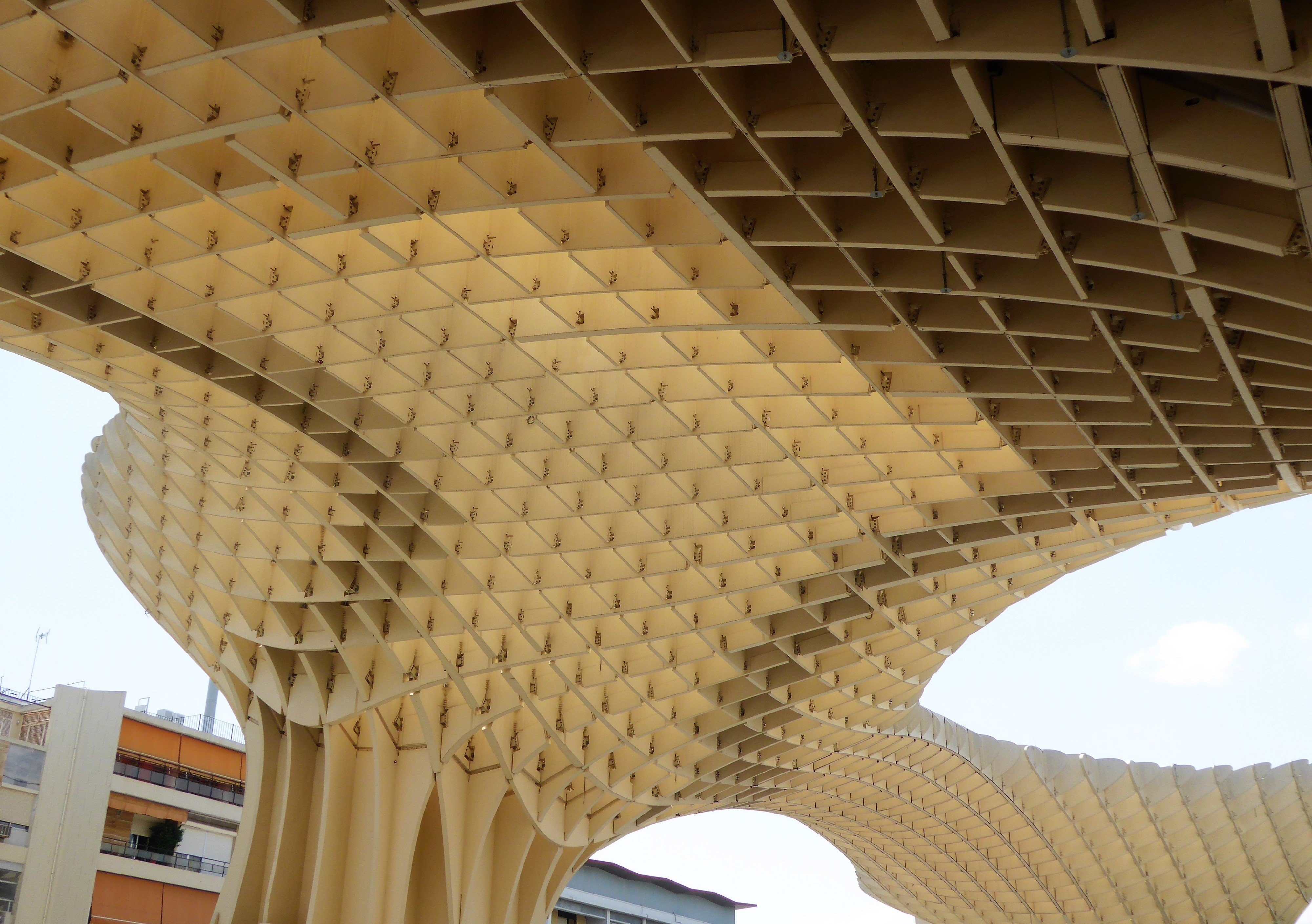
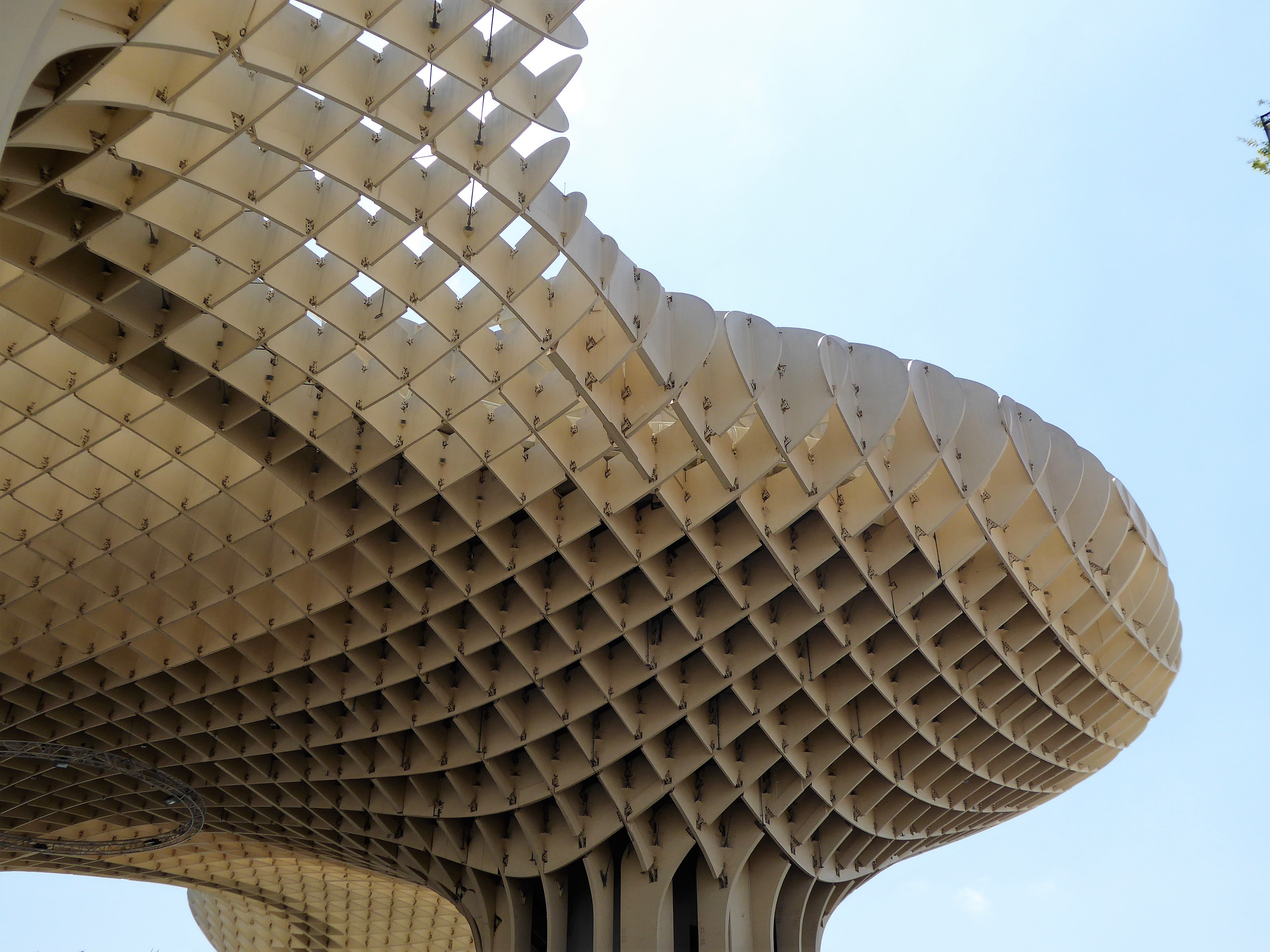
Church of the Saviour/ The collegiate church of the Divine Saviour / Iglesia Colegial del Salvador
Keeping it in the neighbourhood I stopped at the Church of the Saviour/ The collegiate church of the Divine Saviour/Iglesia Colegial del Salvador, I wasn’t planning on going however it enticed me because of its size and colour, the two-combined make it stand out like a sore thumb. Not the biggest of churches by any stretch of the imagination, the front ornate in white stone but not over the top and all the flat surfaces painted a bright peachy pink making it quite unmissable and out of place. Payed to get in, shouldn’t have but oh well, it was ok inside to be frank (the day before I was in the cathedral so anything afterwards would have been a hard act to follow), there was an impressive silver float about 2.5-3m long and every single millimeter of space on it was compact with detain – a silversmith work of art and masterclass if there were ever an example of it!
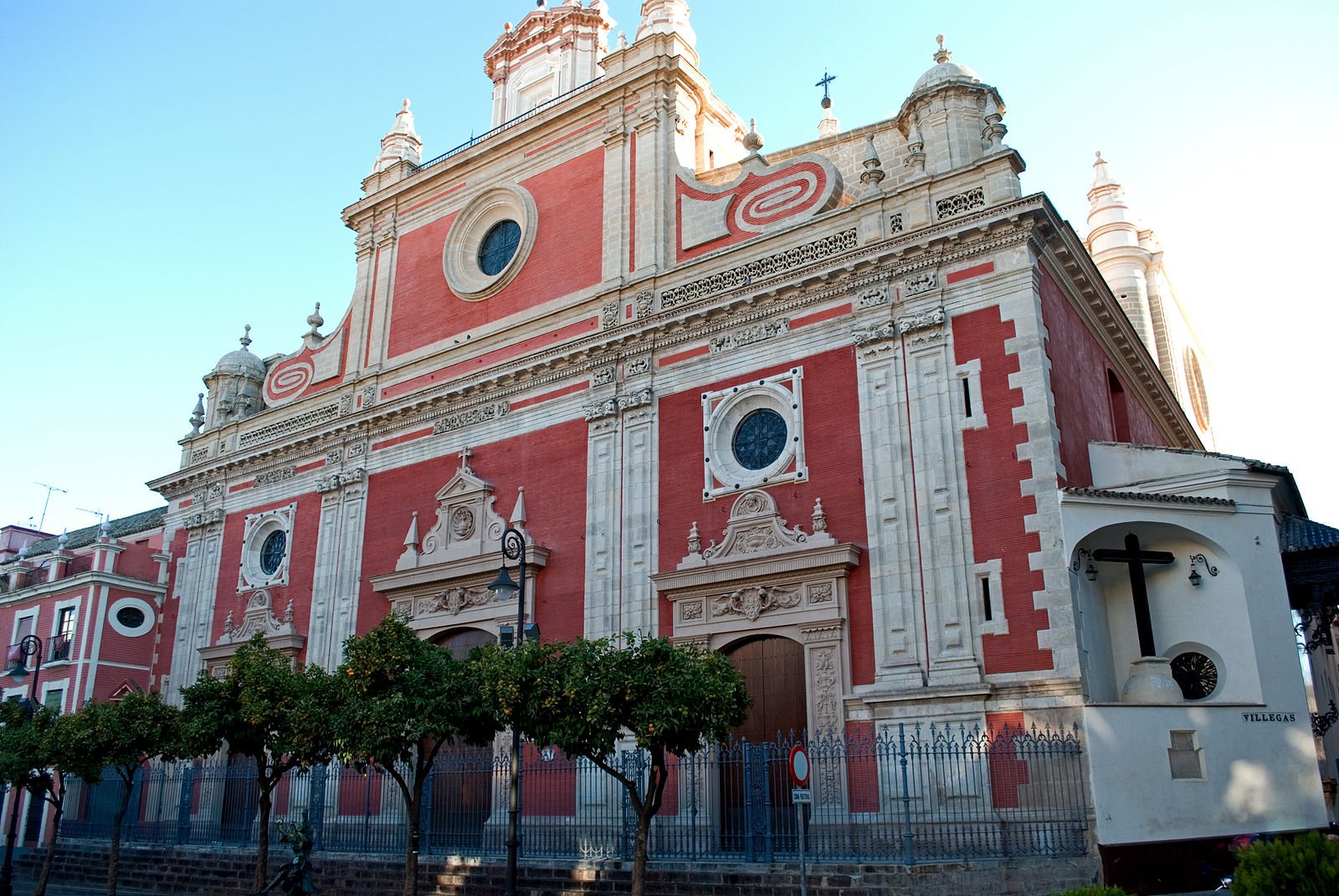
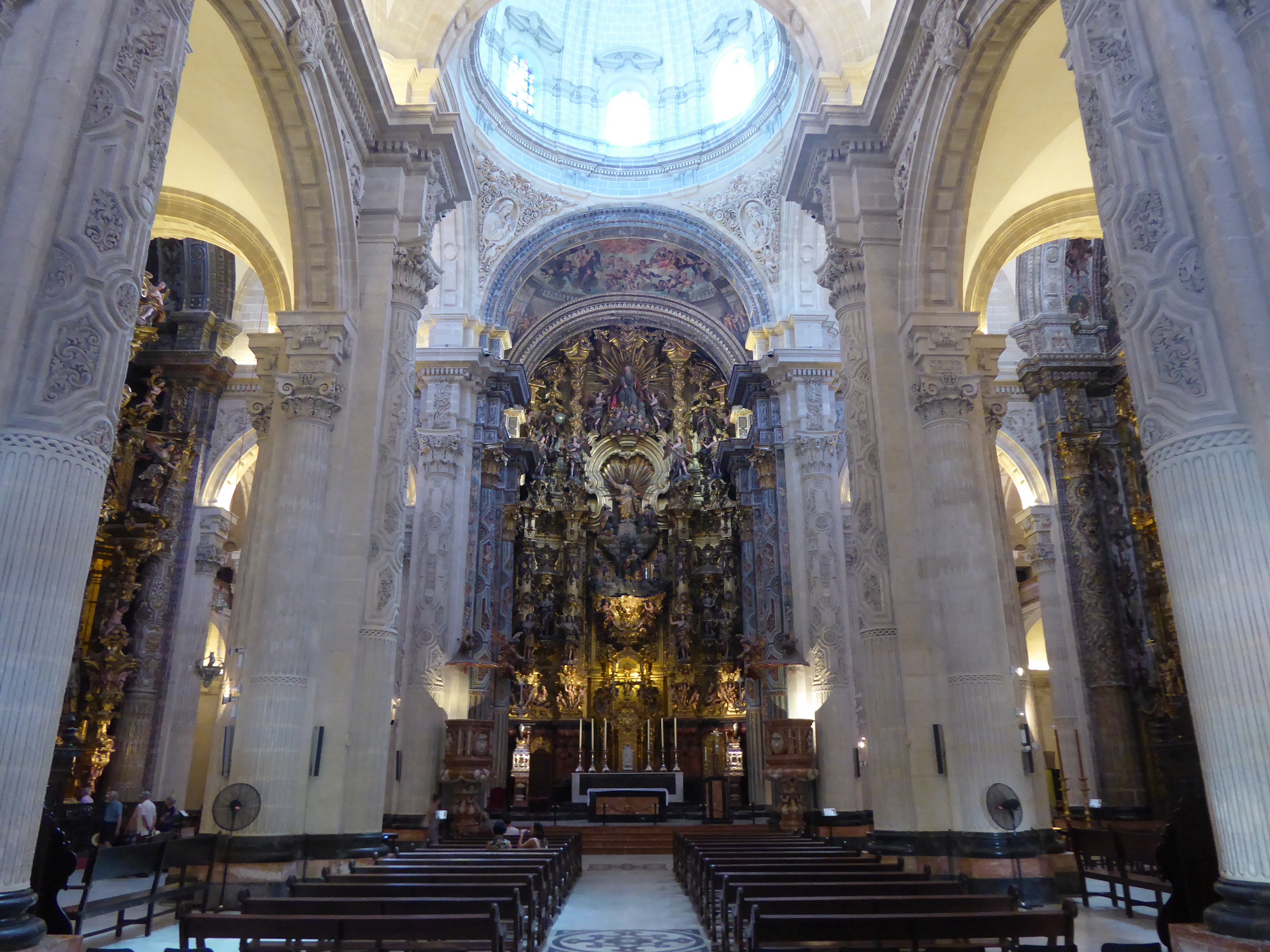

Lebrija Palace/Palacia de la Condesa de Lebrija
I was heading down in the direction of the river which was my end destination also because I would go past Lebrija Palace/Palacia de la Condesa de Lebrija. A brief background to this palace, said to be one of the, if not the best residence in Seville and that alone is quite a accolade! The last resident Regla Manjón Mergelina (Countess of Lebrija) bought it in 1901 but construction of the building started in the 15th century and added to and remodelled up until the 20th. It has an astonishing amount of Roman mosaics not only on display but the actual floor that you walk on are genuine Roman Mosaics brought in for all over Italy! What astounded me was that everywhere else these types of mosaics are displayed there isn’t a chance in hell you can touch them let alone walk on them. I walked slowly and as carefully as possible; to an onlooker they must have thought there was something wrong with me or that I was on a go-slow strike. The floors, considering their age and footfall they have endured are in remarkable condition and I thought to myself “I wonder who else has walked on these floors too”, a surreal privilege.
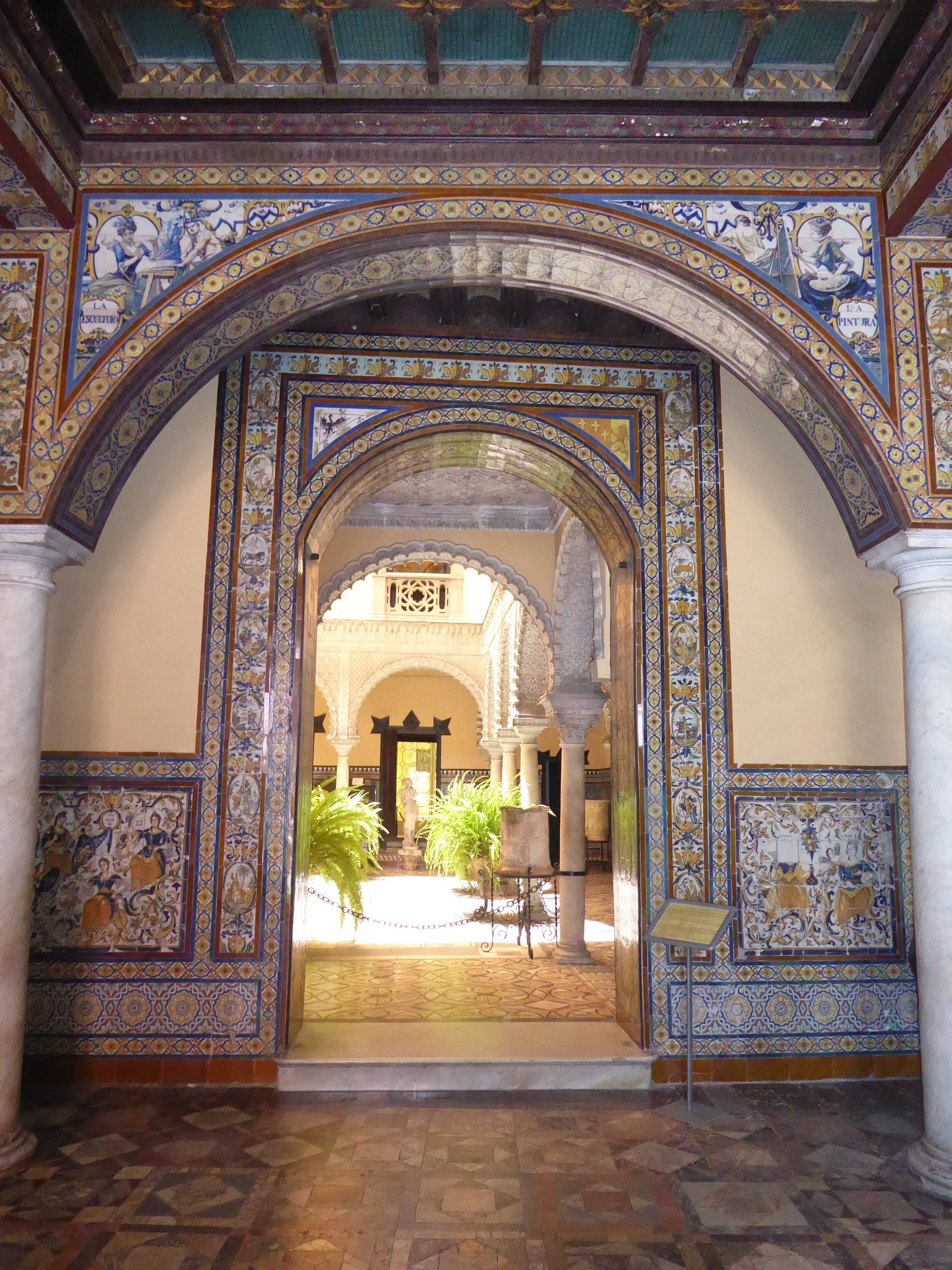

Needless to say, the house is antiquely beautiful and consists of a wonderful personal collection of the Countess of Lebrija who unquestionably had a passion for archaeology and kept in sync with the house and region’s origins with Moorish style and pottery. Considering the house was her actual residence it must have been a pleasure living there each morning waking up and walking through a timeline of history.

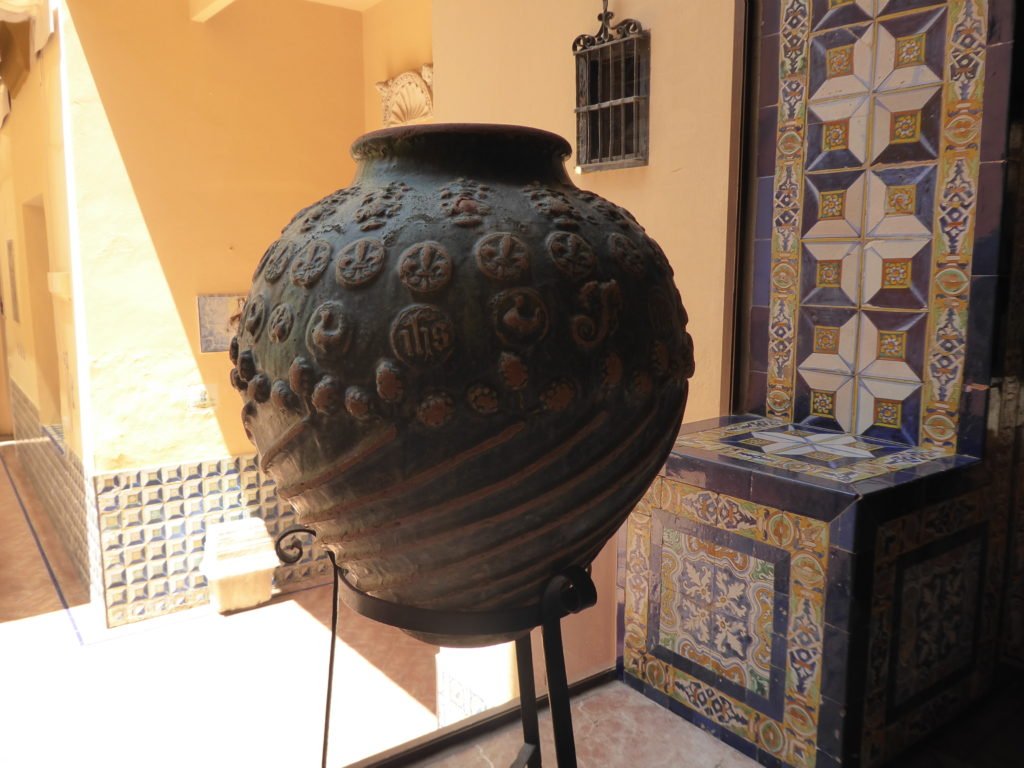
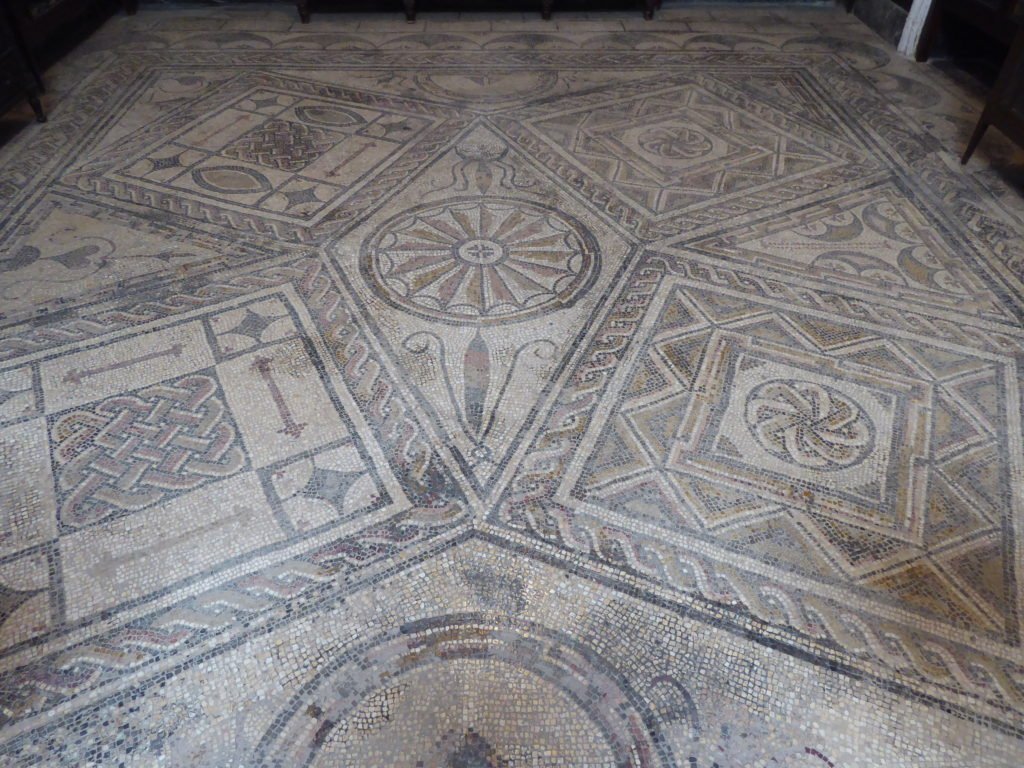
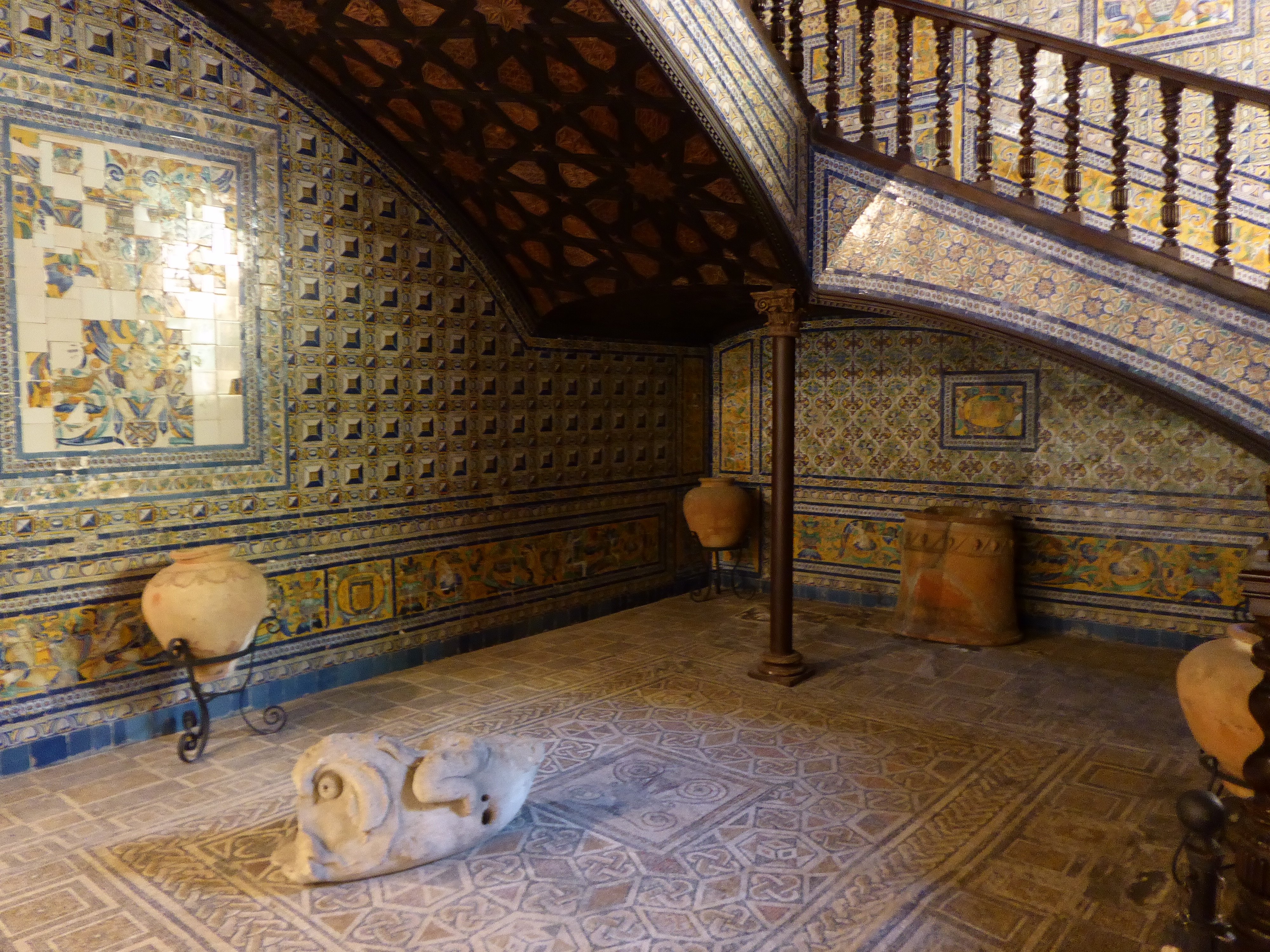
Puente de Isabel II/Puente de Triana/Triana Bridge
Continuing my trip to the river, it isn’t the main river; the part that you see in most photos of Seville are normally that of the Canal de Alfonso XIII, the main river runs parallel to it just a little further West called the Guadalquivir. Back on topic, killing three birds with one stone (Triana Bridge, Maestranza and Torre del Oro) with my walk along the river, apologies, canal, first up was the Puente de Isabel II/Puente de Triana/Triana Bridge, now as far a bridges go this isn’t the prettiest nor spectacular in any shape or form, when I got there I was disappointed. Putting the bridge into context, it’s a landmark and important as it was the first solid bridge in Seville completed in 1852 and replaced the previous floating bridge consisting of boats.
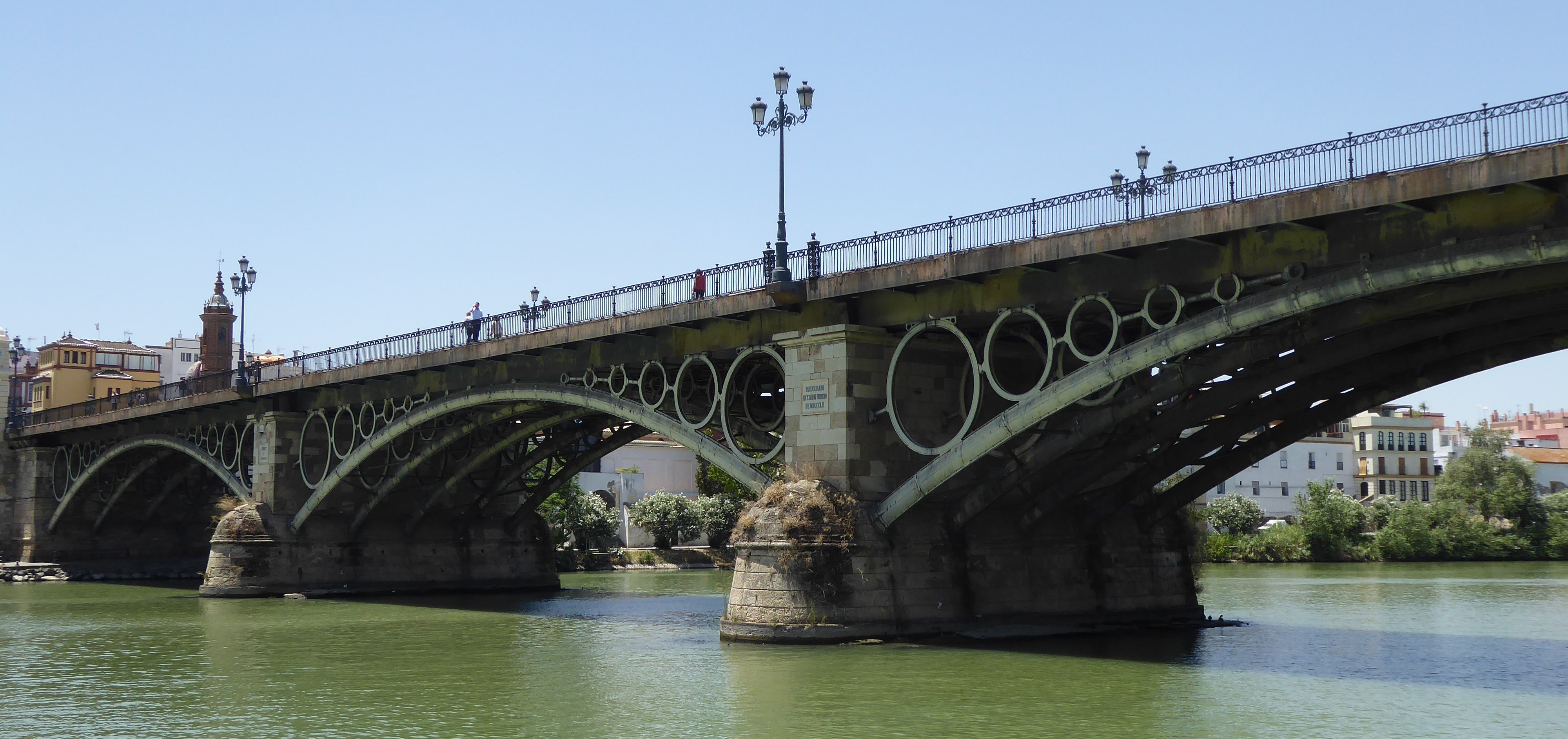
Plaza de Toros de la Maestranza

Next in line, you would have to be blind to miss it, is the bullring, the Plaza de toros de la Real Maestranza de Caballería de Sevilla and for the layman Plaza de Toros de la Maestranza or even just Maestranza. Whether this sort of thing is for you or not or even if you are fundamentally against it, it is still interesting learning about the stadium’s history, 250yrs of it. I explored gong to watch a tournament but totally underestimated how popular it is and seasonal too – should looked into this before. A 12 000 capacity stadium and a great guided tour from start to finish is just under 30 minutes and our Guide was clearly savvy about her topic – the visit would have been less an experience and informative if it were not for her; I left knowing a lot more about what goes on in the ring than when I arrived, and no, our guide wasn’t a PR stunt for bullfighting she was very neutral. Quick summary; an excellent skilful show and therefore quick kill the Matador gets the two ears and tail, then the scale goes down to two ears, then one ear, then nothing. The bull goes to the butcher afterwards.

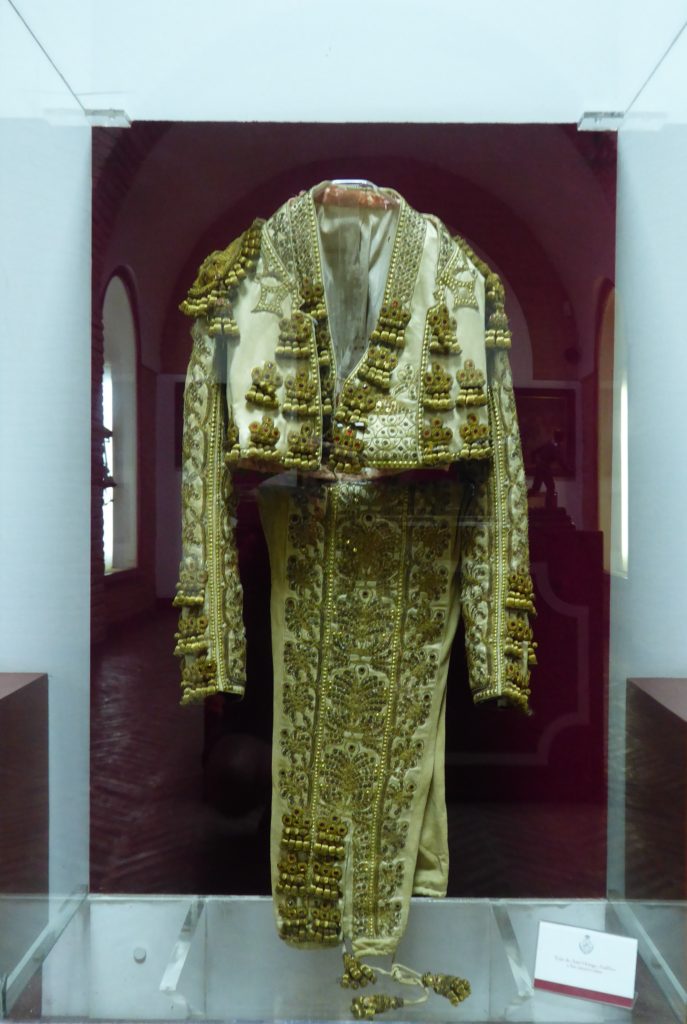
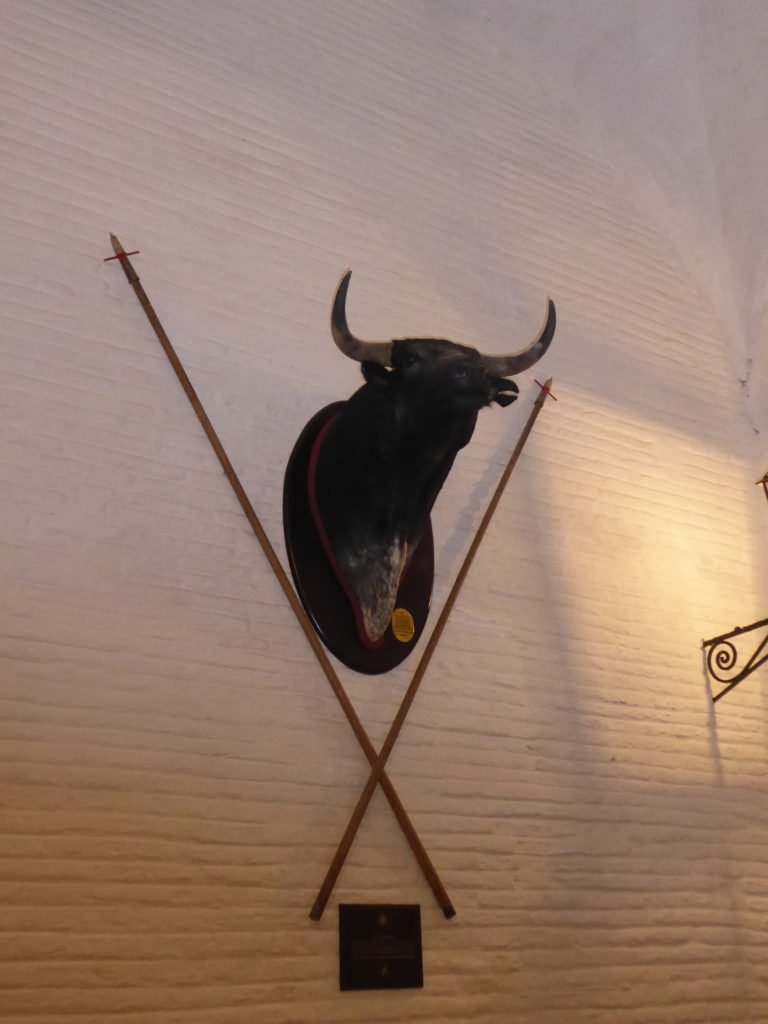
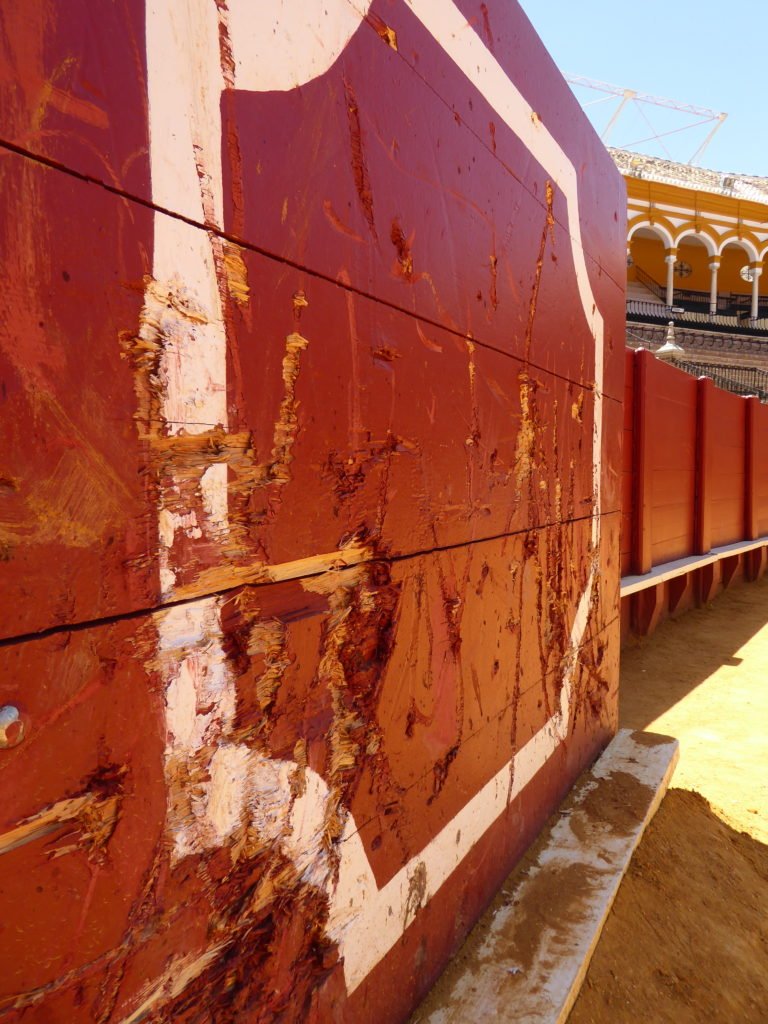
….and no.3, Torre de Oro (Tower of Gold), it’s old and that in itself is impressive, build early in the 1200’s and was used for a number of reasons not least a prison. I gave it credit as credit was due, I hope I look that good after 700 years! Maybe I should have gone up to the top of the tower to take in the views, I decided not to and don’t regret it either – if you try do absolutely everything just for the sake of doing it you get bored and things start becoming a chore, I like Seville and wanted to keep it that way.

Couldn’t help myself, I had to take detour on the way back through Parque de Maria Luisa
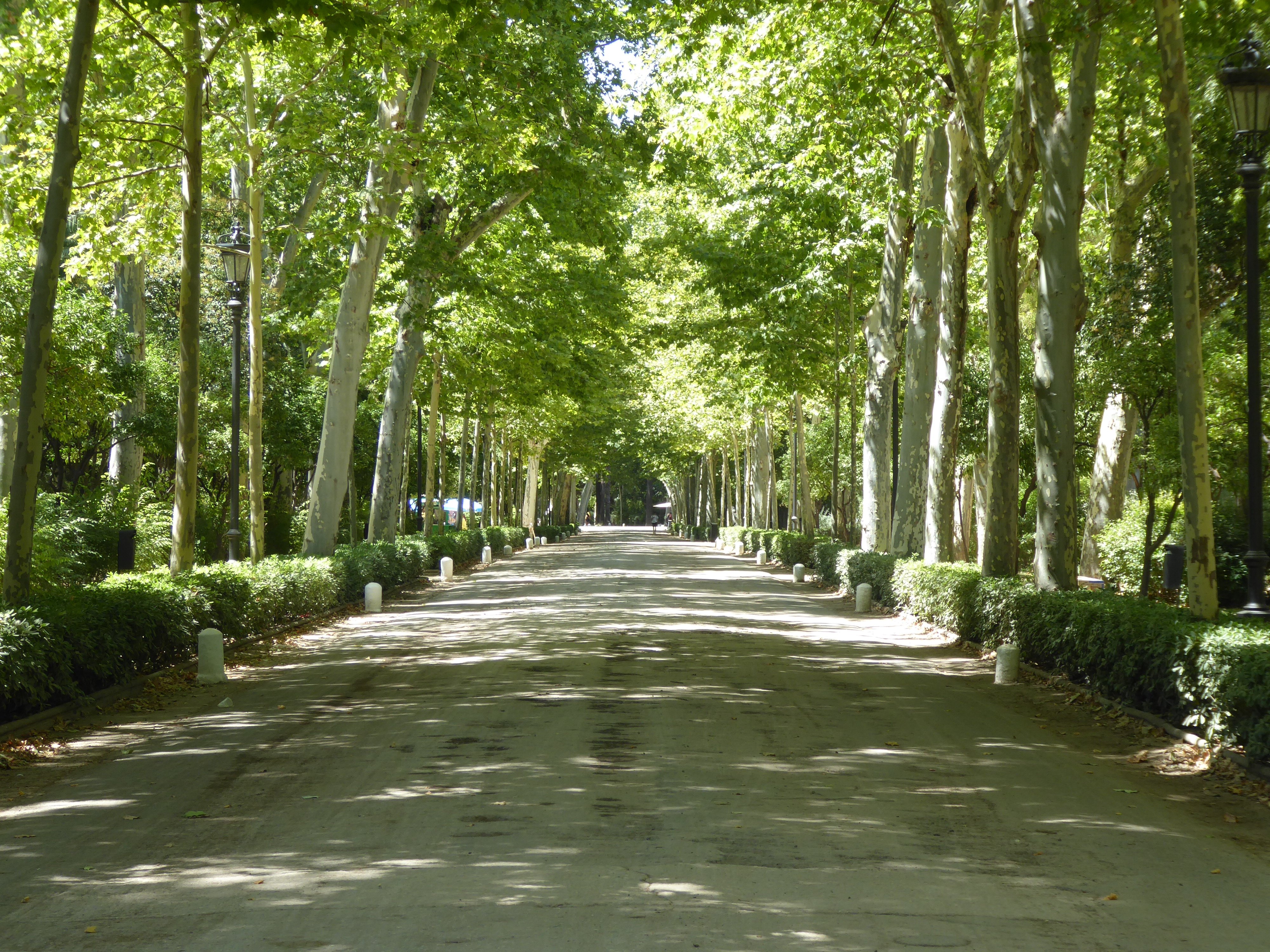
In case you missed them, here is part 1 and 3 of my time in Seville:
Seville, great place but time to leave, muchas gracias! – Part 3

I can’t keep saying the same thing…..but I love reading about your trip. Detail and photos are wonderful.